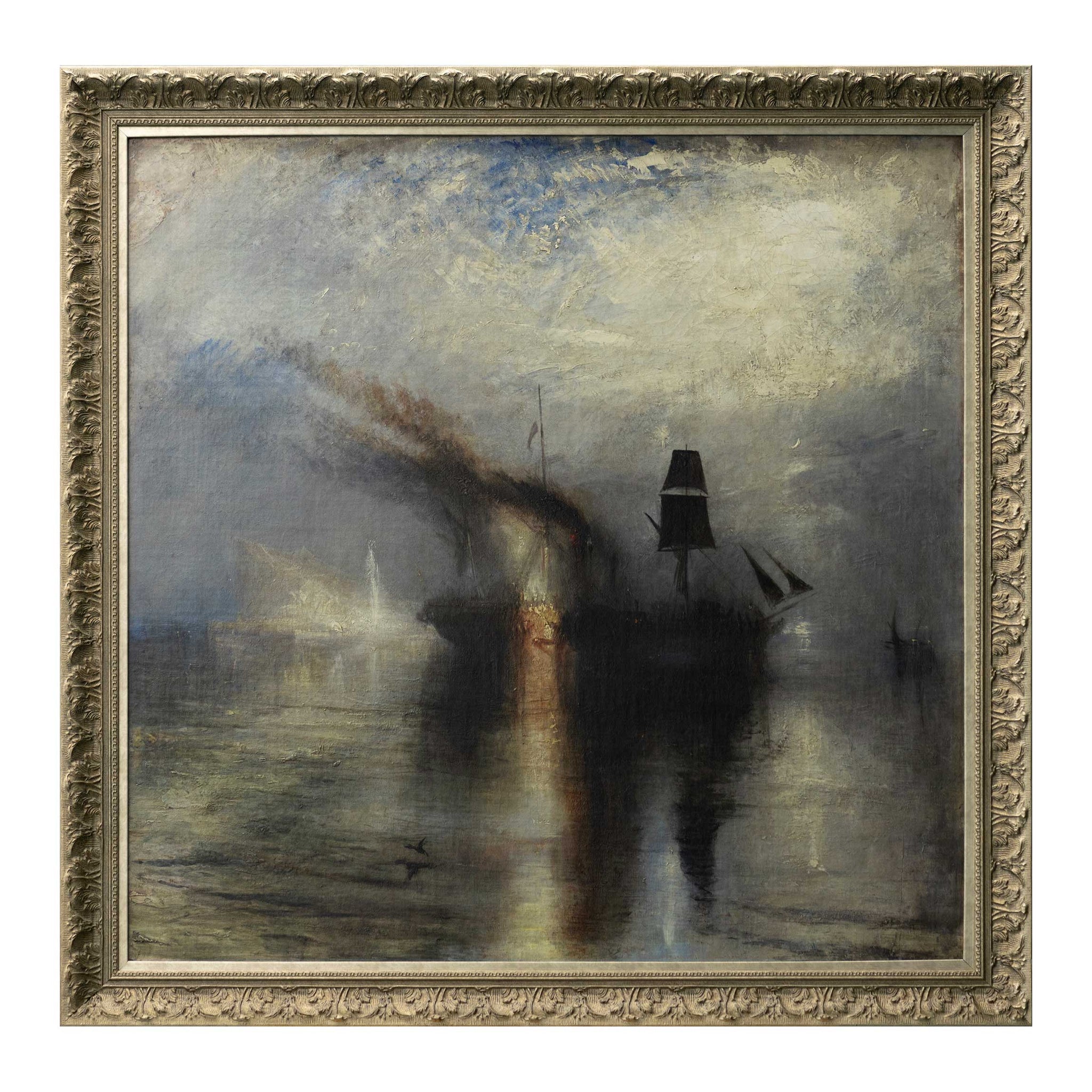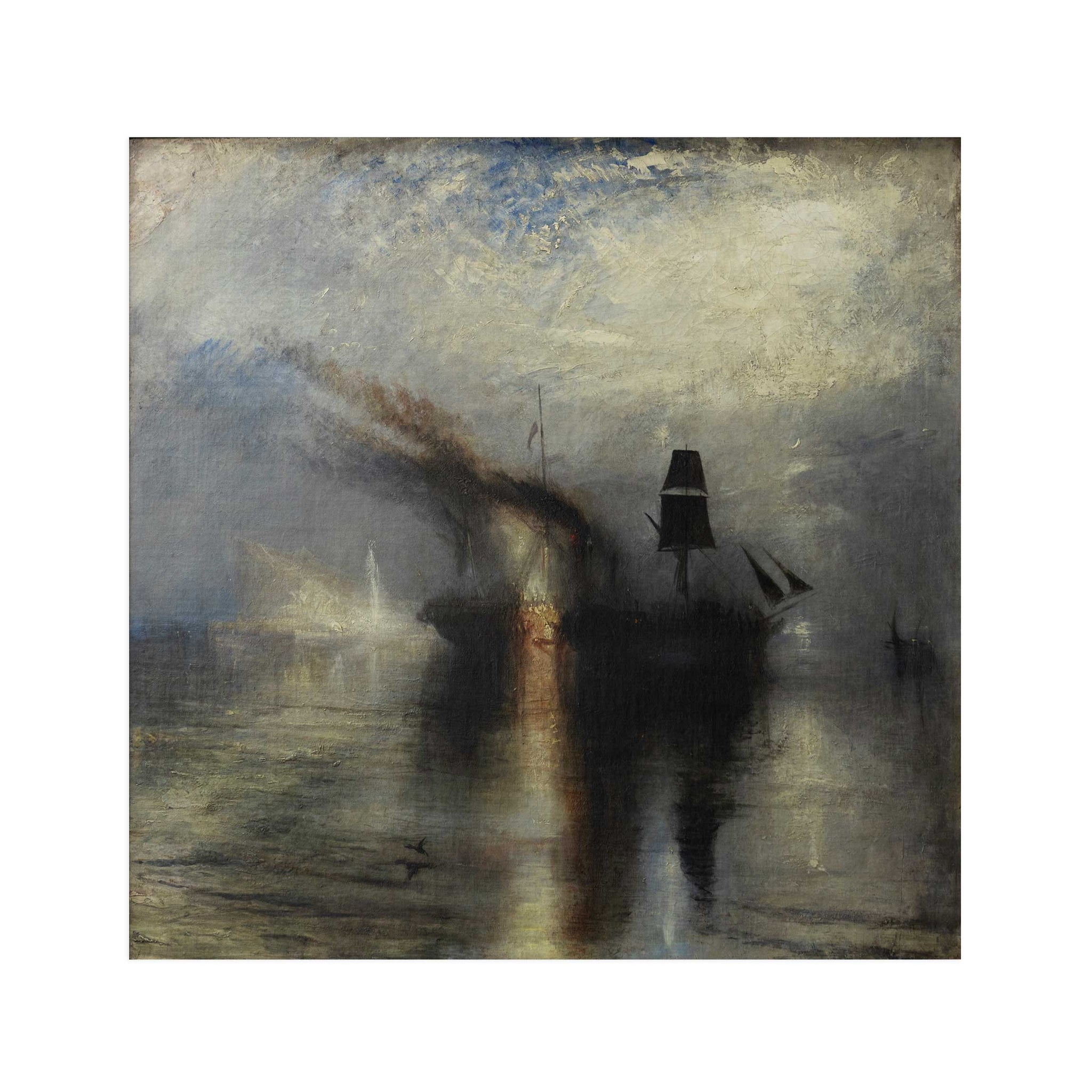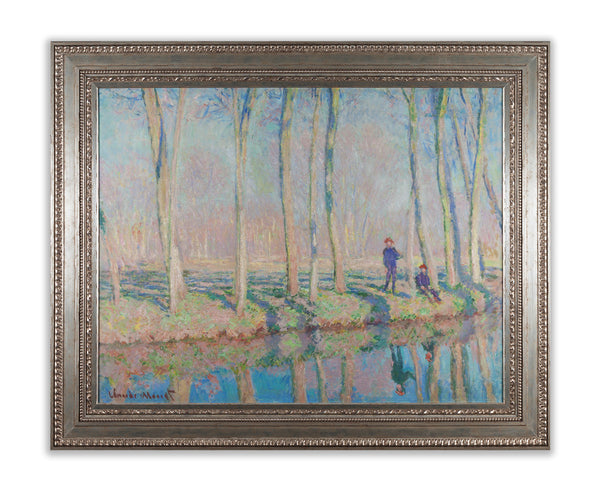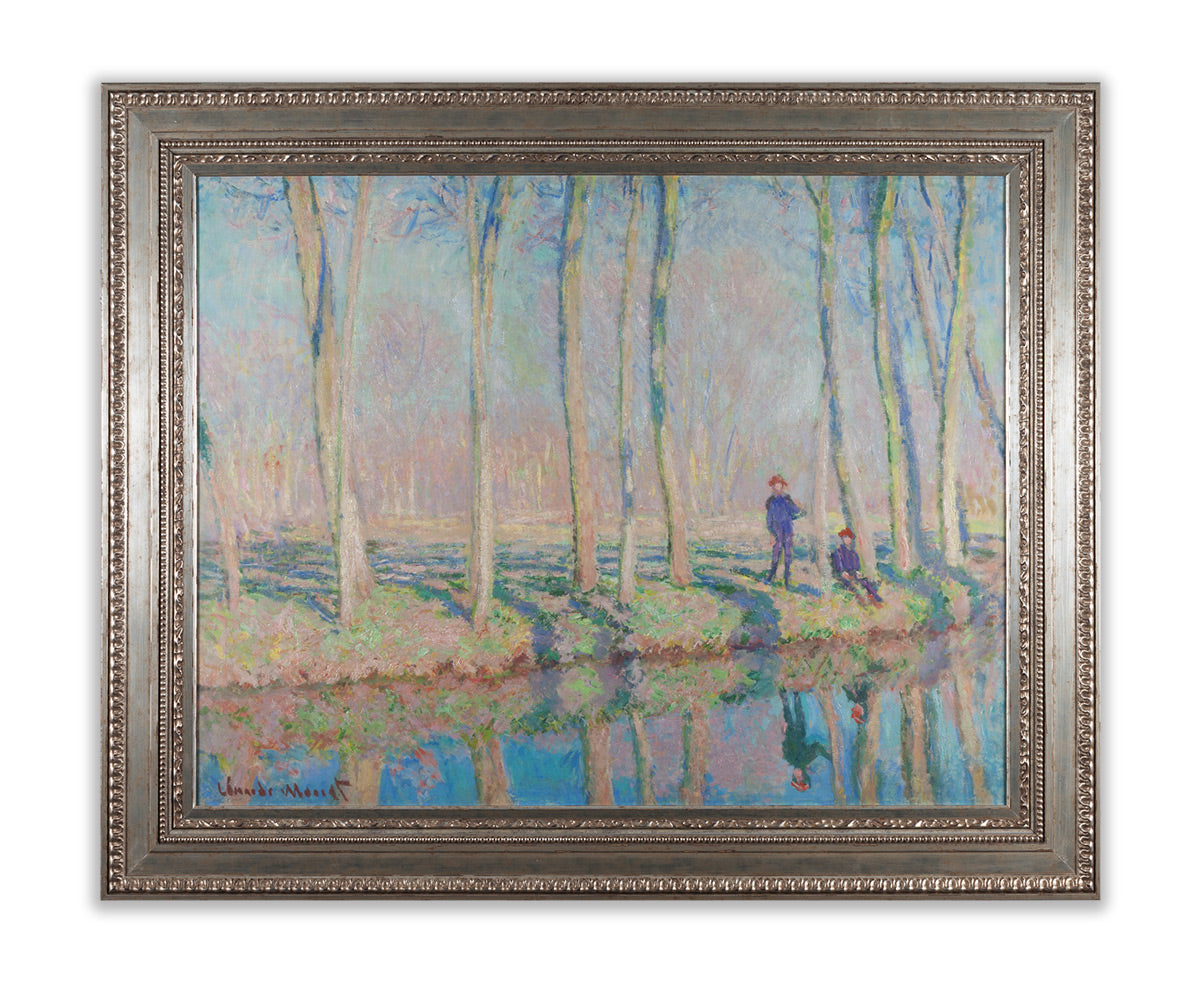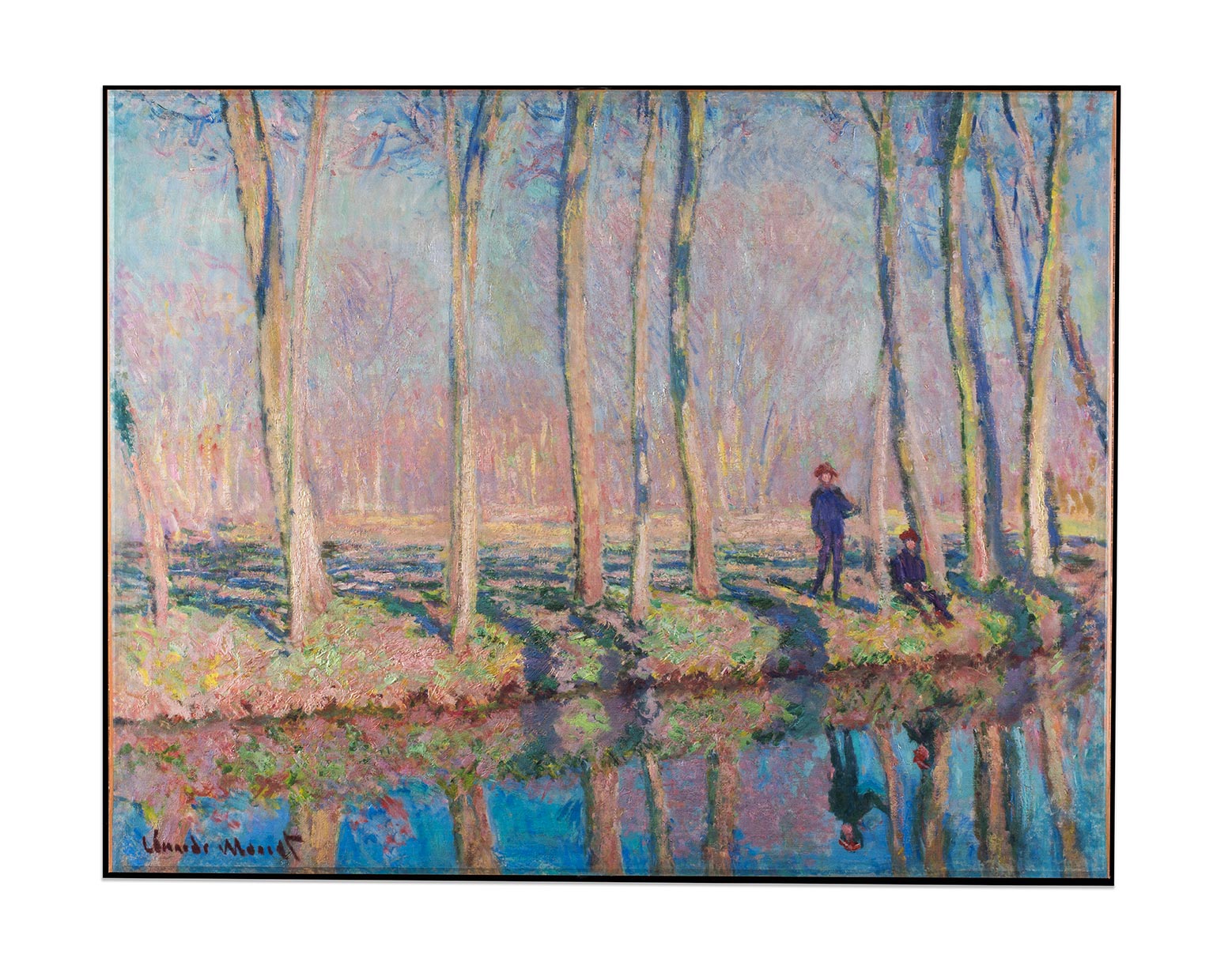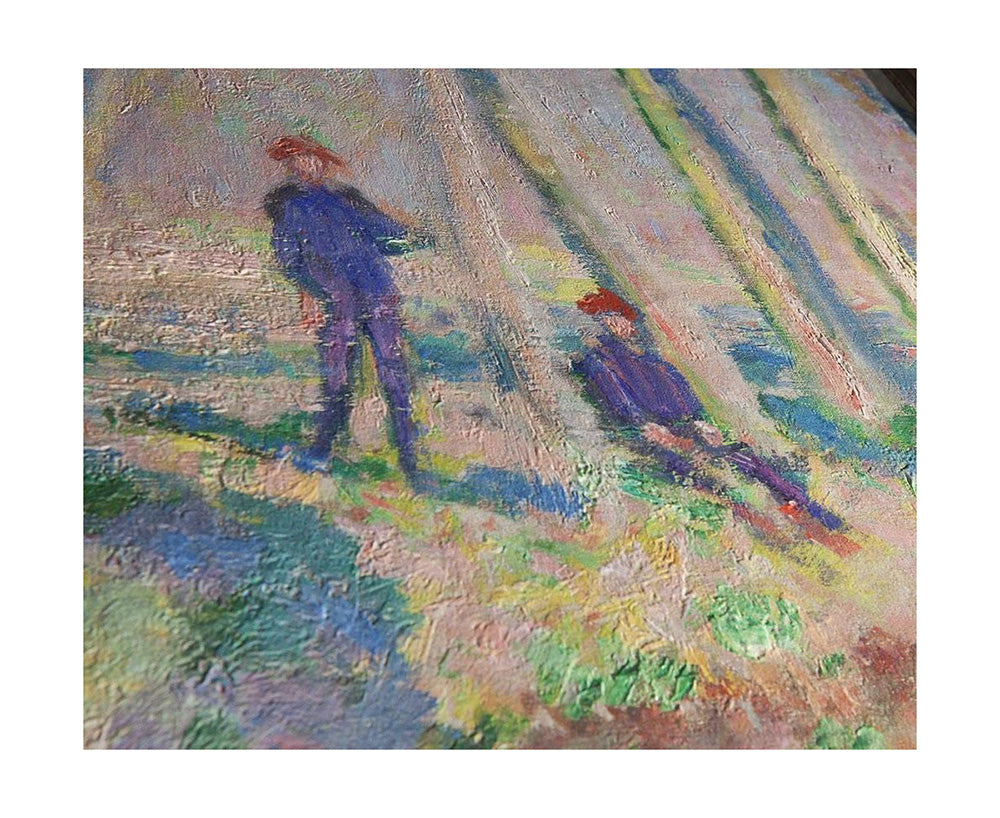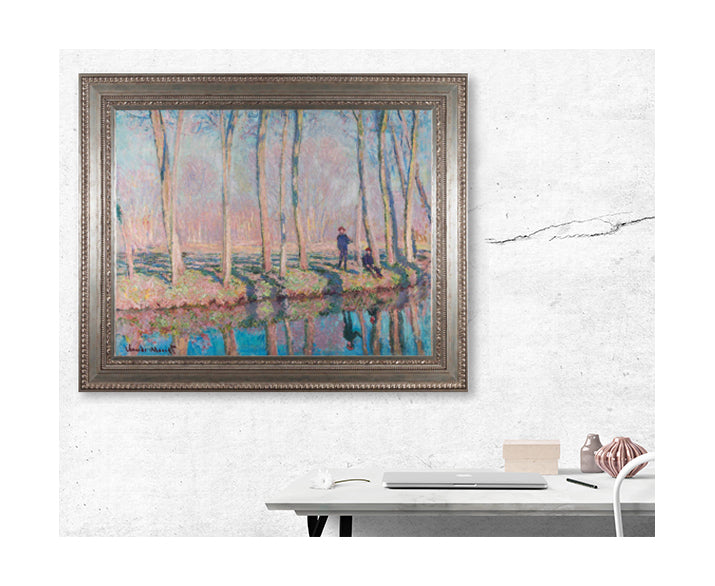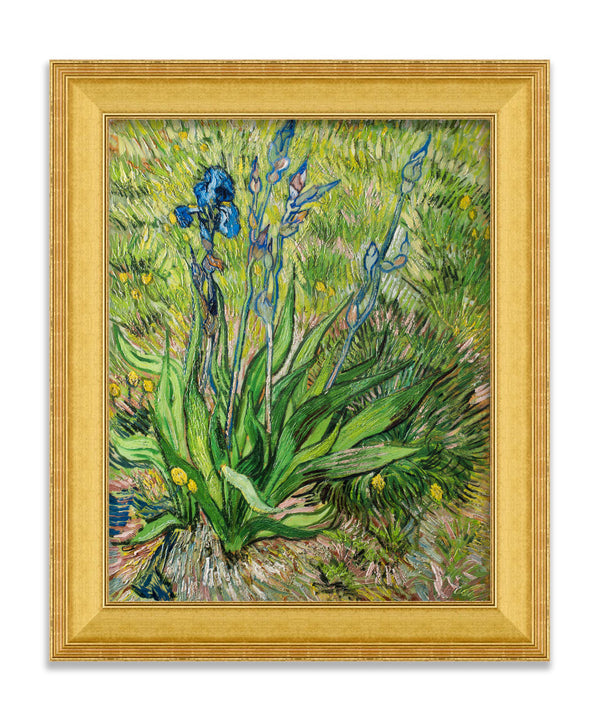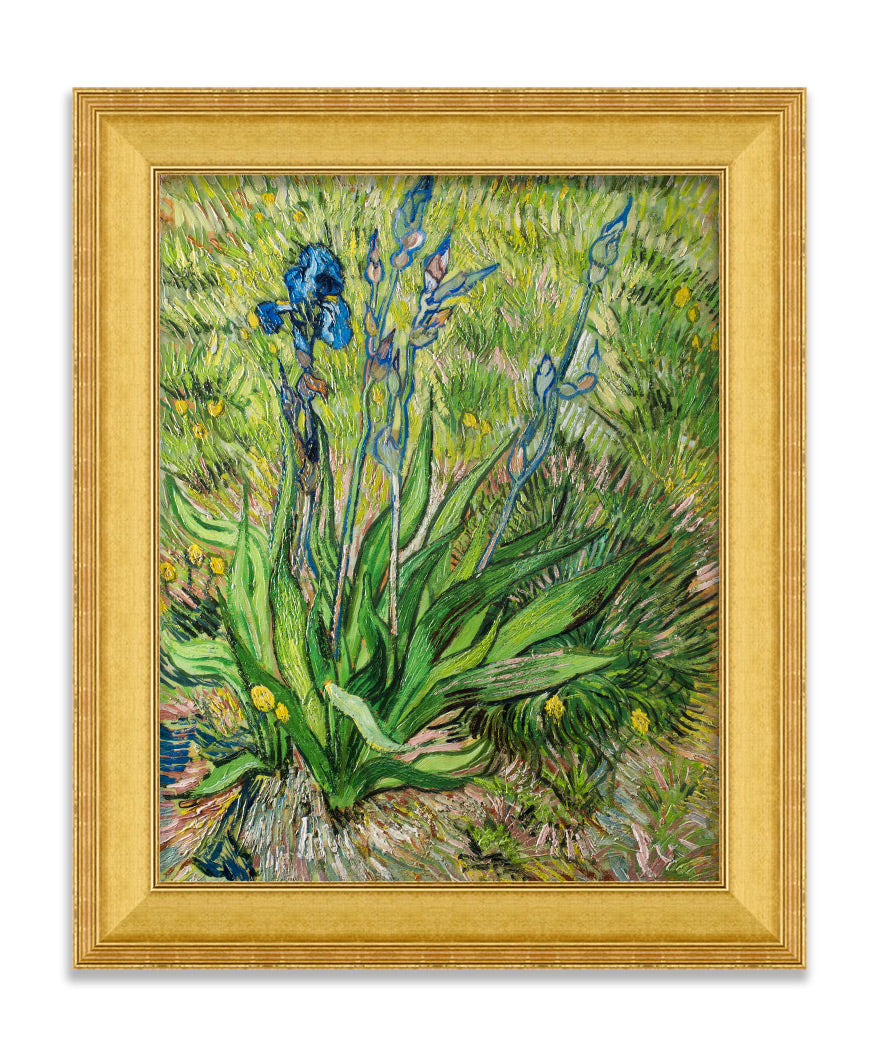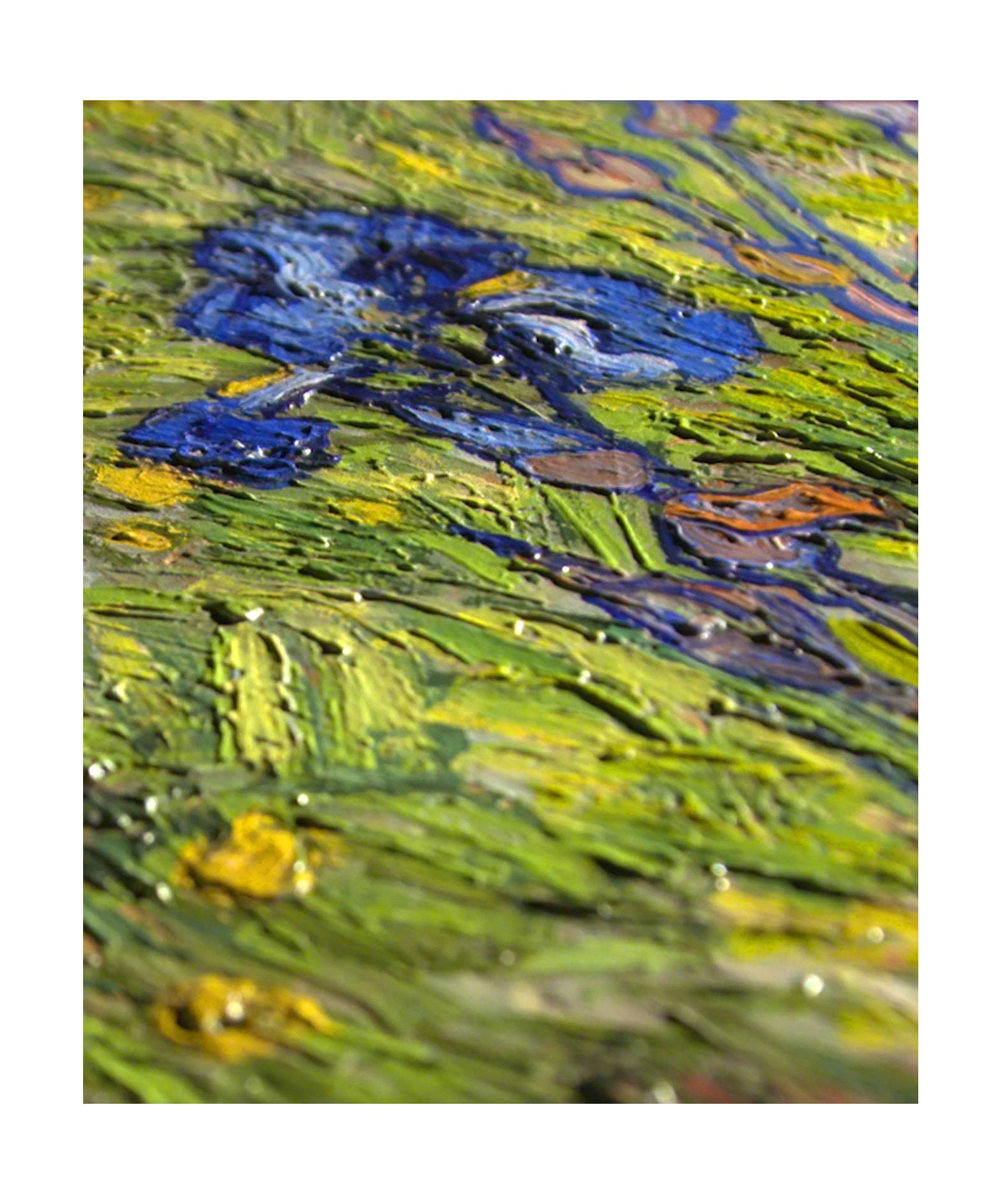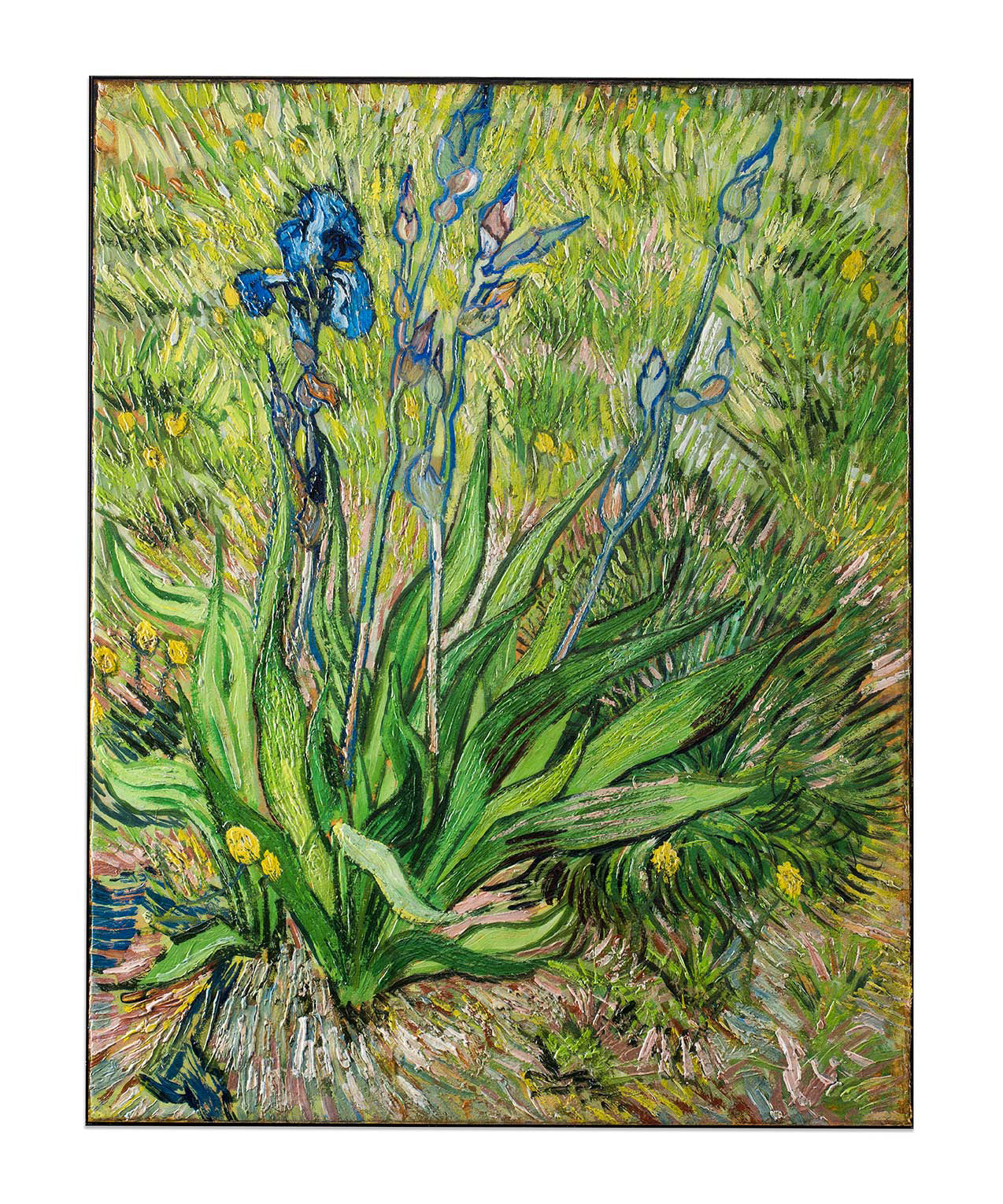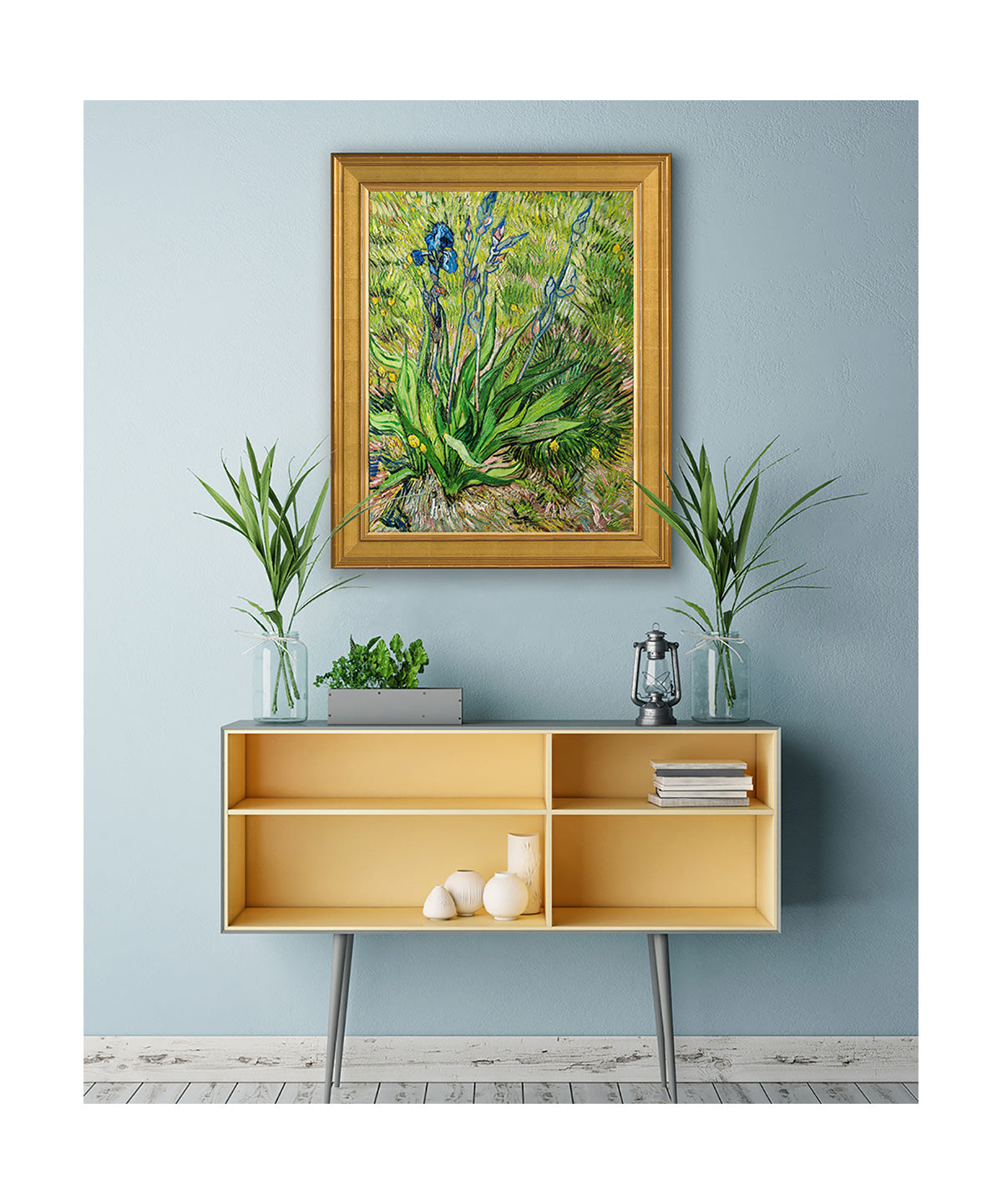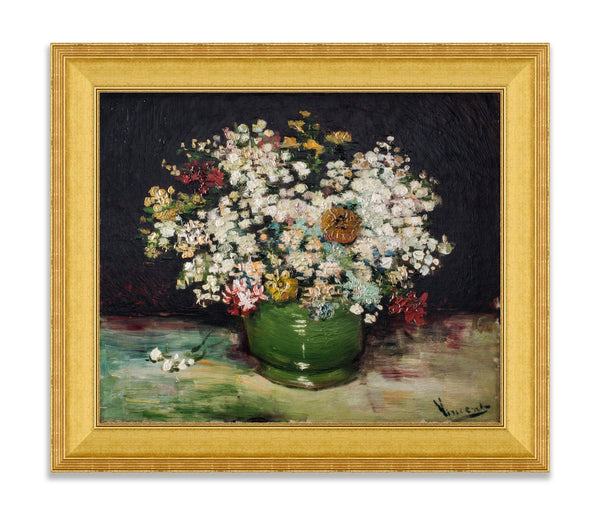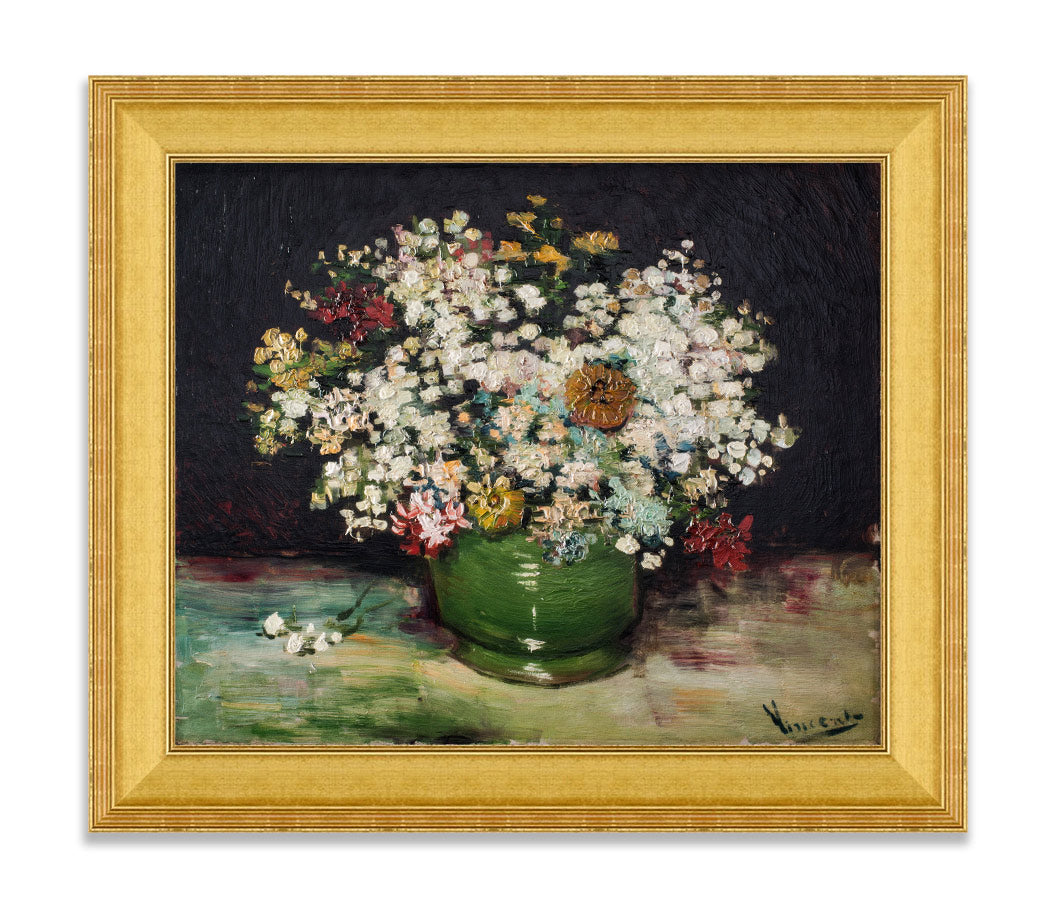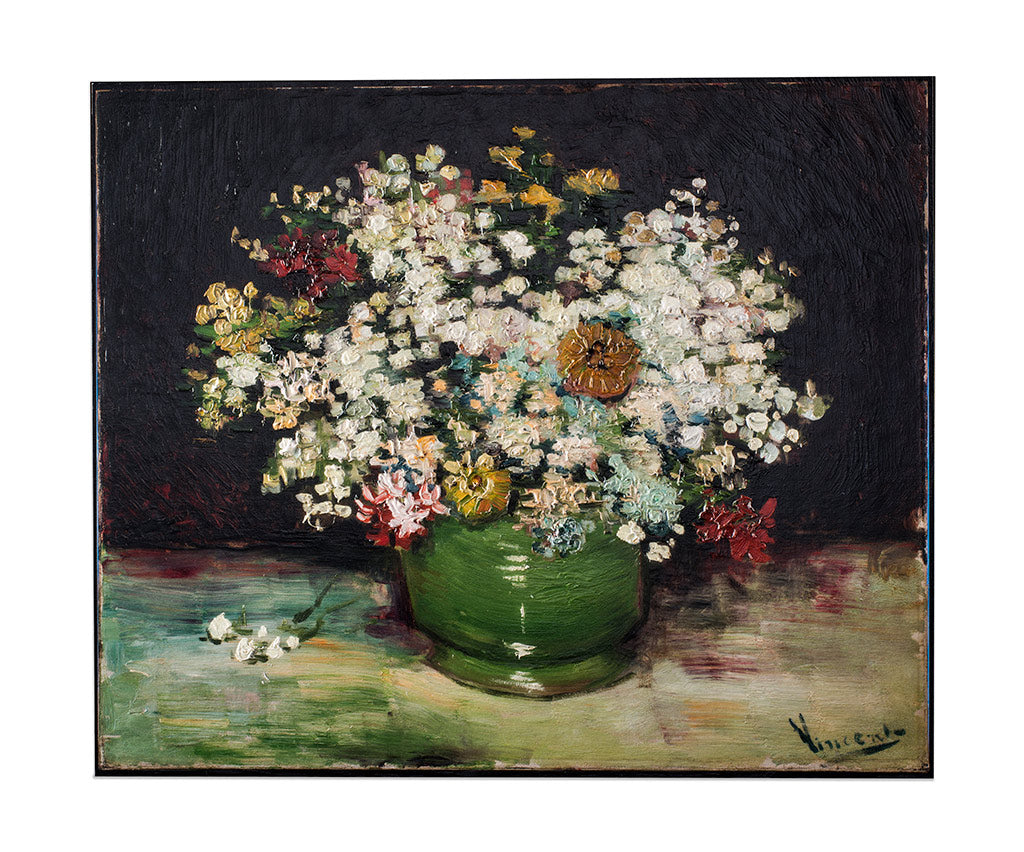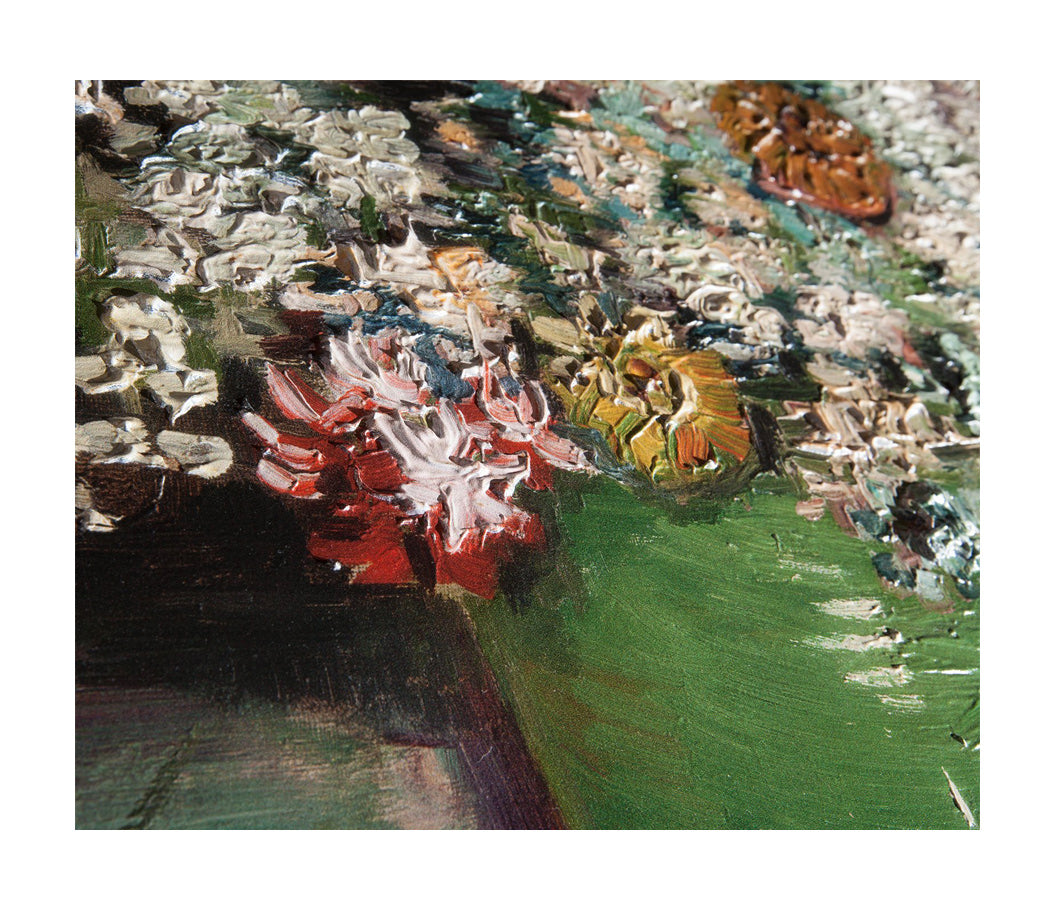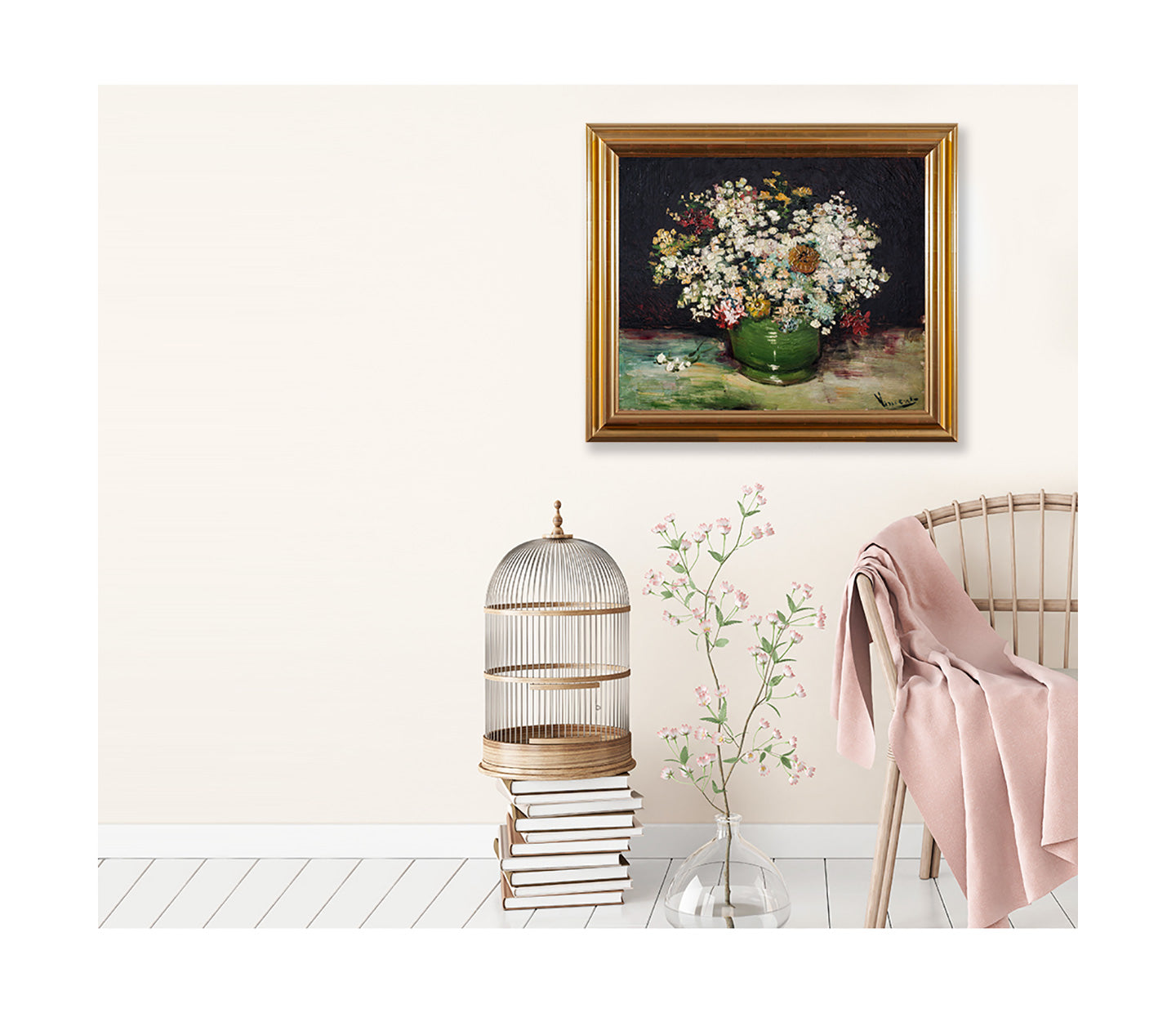CERTIFIED TATE SPECIAL MUSEUM EDITION

Peace - Burial at Sea by J.M.W. Turner is one of several paintings Arius digitized in collaboration with Tate Britain. The resulting Art Digital Master File (ADMF™) is essentially a digital fingerprint of a painting's surface. The ADMF is archived for future analytics and was utilized to create ultra-high-resolution replication textured prints that ensures the authenticity of the artist's process.
THE STORY BEHIND TURNER'S PAINTING
J.M.W. Turner's 'Peace - Burial at Sea' stands as a profound expression of the artist's deep engagement with the themes of loss and the sublime. Painted in 1842, this masterpiece was created as a memorial to Turner's dear friend, the great British painter Sir David Wilkie. The artwork captures a hauntingly beautiful and somber scene, depicting the burial at sea of Wilkie, who had died on a voyage back from the Middle East. Turner, known for his mastery of light and color, imbues this painting with a poignant contrast of the dark, mourning ship against the luminescent and ethereal backdrop of the sea and sky. This juxtaposition not only honors Wilkie's legacy but also reflects Turner's introspective exploration of mortality and the transient nature of life.
In 'Peace - Burial at Sea,' Turner's revolutionary approach to painting is evident. His use of evocative, almost abstract brushstrokes and a daringly restrained color palette marks a significant departure from traditional maritime art. The flickering candlelight, the billowing smoke, and the solemn figures, all rendered with Turner's characteristic loose brushwork, create a visceral sense of movement and emotion.
This painting, more than a mere tribute, is a testament to Turner's innovative spirit and his ability to capture the sublime power of nature and human experience. It invites viewers to delve into a moment of solemn reflection, bridging the gap between the tangible and the ethereal, the temporal and the eternal.
This replication textured special edition print has been digitally restored in collaboration with Tate by Arius. Turner's frame choice covered the corners of the image, and as evidenced when the frame was removed, years of ash and smog had built up on the exposed surface. Our art production team digitally restored the print so art lovers can almost experience the piece how it would have appeared the day it was painted.

